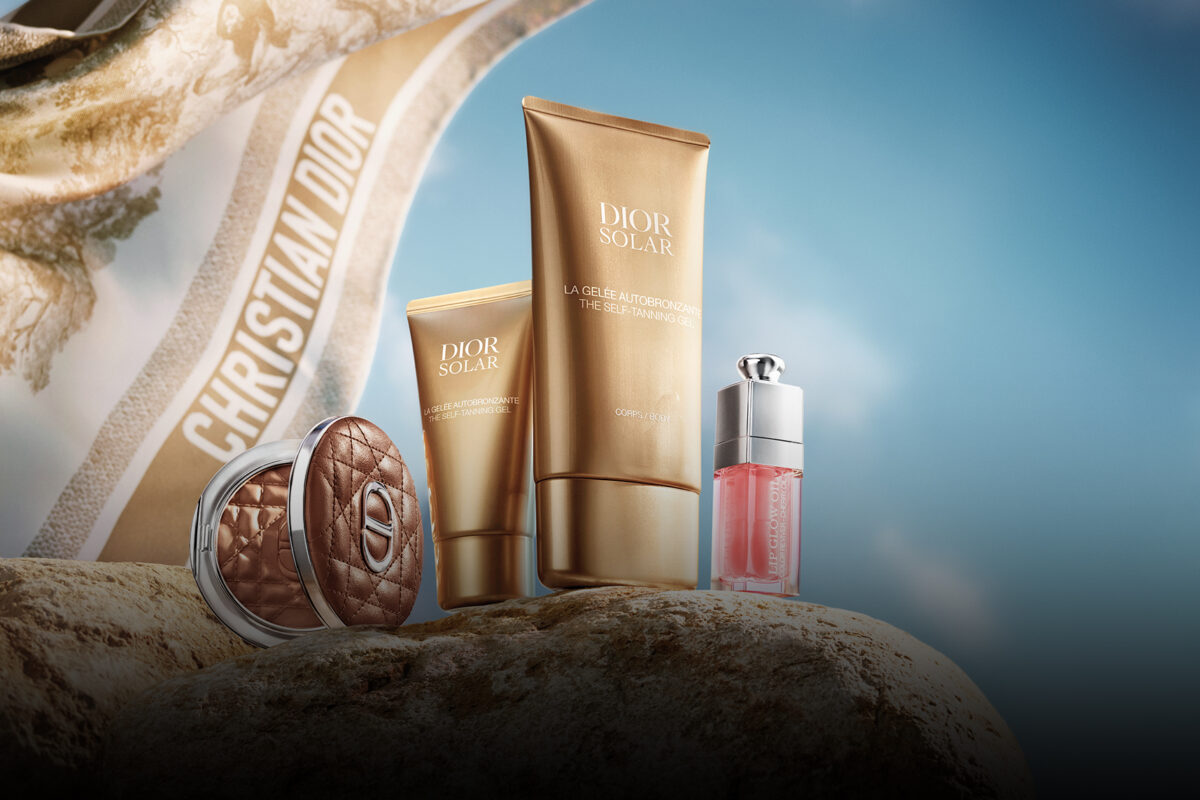Vampire facials and similar treatments that use a patient’s own platelets are nothing to fear
Words by KELLY ATTERTON
Platelet-rich plasma therapy, also called PRP — popularized in the past decade by star athletes like Kobe Bryant to accelerate healing — is on the radar these days for its ever-expanding cosmetic applications, including the influencer favorite (and highly controversial) “vampire facial.”
So what is PRP exactly? “It’s a concentration of a patient’s own platelets, separated from their blood, used on the skin, amplifying natural growth factors that rejuvenate and heal tissue,” explains Dr. Ronald Moy, renowned Beverly Hill-based dermatologist and cosmetic surgeon. Since this procedure is highly customized with your own blood, only the donor can safely benefit from treatment.
“PRP has an overwhelming upside and little to no downside”
Dr. Ilya Reyter
After consulting with your physician, the first step in a PRP treatment is having your blood drawn. It’s placed into a centrifuge device and spun at intensely high speeds, causing the blood to separate into layers. The red blood cells are forced to the bottom of the vial, white blood cells and platelet-rich plasma settle in a thin middle layer, and the platelet-poor plasma rises to the top. The PRP (the precious middle layer) is then injected into injured areas or applied to skin that has been treated with a laser or microneedling.
While the term “vampire facial” refers to PRP application on the skin after microneedling (a procedure in which the skin is pricked with a device to create micro-injuries and stimulate collagen production), some doctors are tweaking the process for even more impressive results.
“I initially applied PRP topically during the microneedle skin rejuvenation procedure but wasn’t seeing significant changes (beyond microneedling alone) until I started injecting it in micro-droplets into the dermis,” says board-certified dermatologist Dr. Nancy Samolitis, a co-founder of Facile Dermatology + Boutique, a favorite among actors Minka Kelly and Odette Annable, and well-known California-based influencers, such as Rocky Barnes and Brittany Xavier. The technique improves overall skin tone and texture, smoothing and softening fine lines and wrinkles. “I also love PRP for treating acne scars and for skin rejuvenation in areas that are often challenging to treat with only injectables, such as the under-eye area,” Samolitis shares.
Dr. Ilya Reyter — one of Los Angeles’ most in-demand dermatologists, known for his subtle, face-refreshing results — agrees. “PRP’s popularity among patients increases each year. I consider PRP to be one of the most powerful, minimally invasive procedures performed in medicine today, with an overwhelming upside, and relatively little to no downside,” he says. “In the future, we will rely more on treatments that use our own tissues like PRP, and less on injections of foreign substances into our skin.”
PRP, rich in regenerative ingredients, also promotes new hair growth, which is great news for men and women with thinning hair. Reyter is a big fan of using PRP on the scalp. “We’ve observed hair growth from PRP for years, even though the mechanism of action for PRP in hair growth is poorly understood.” Translation: It works, we just aren’t sure exactly how. The scalp treatment takes only a few minutes and is similar to the facial application — once PRP is created, small injections are made into the scalp; the patient leaves the office with no real downtime. Reyter suggests spacing treatments a few weeks apart.
While PRP isn’t exactly new to the scene, its very existence can give us a glimpse into the future of cosmetic procedures, including using PRP to stimulate stem cells. “Those are primarily located in bone marrow and more difficult to harvest,” explains Samolitis. “Eventually stem cells [a type of cell that has not been differentiated into a particular tissue type] will be able to be turned into any kind of cell that we need to rejuvenate and repopulate tissue, such as skin-, fat-, muscle- and collagen-producing cells [called fibroblasts]. When that is possible, we likely will see a breakthrough in the true fountain of youth.”
Feature image: Photo by Kirill Kodochigov/Shutterstock.
This story originally appeared in the September 2019 issue of C Magazine.
Discover more BEAUTY news.




